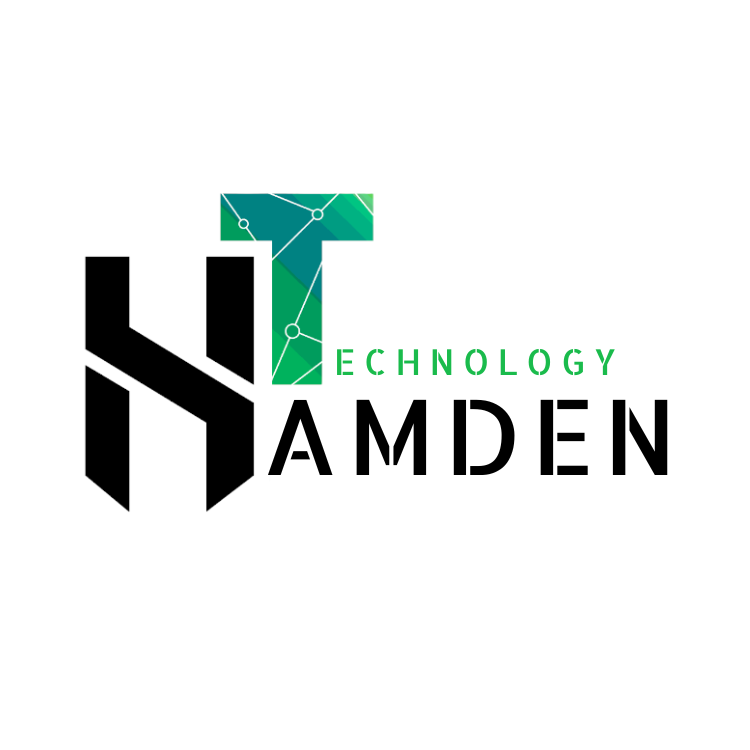IoT software systems are computer
programs that enable interconnected devices to communicate with each other and
access internet data. They consist of a combination of communication networks,
sensors, databases, software applications and user interfaces. Benefits of IoT
software systems include improved operational efficiency, reduced cost, and
improved safety and security. Types of IoT software systems include data
processing tools, intelligence platforms, edge computing systems, cloud
computing technologies, and analytics, visualization, and security solutions.
Examples of IoT software systems include:
-Data Processing Tools: These are
programs that enable analysis of large volumes of data collected from sensors
and other devices connected to the Internet. These tools can be used to
identify trends, patterns and anomalies in the data that can then be used to
make decisions or take action.
-Intelligence Platforms: These are
platforms that enable the automatic collection, transmission, storage and
analysis of sensor data. Common examples include IBM Watson IoT platform and
Microsoft Azure IoT Suite.
-Edge Computing Systems: These are
platforms that enable sensors to operate autonomously by processing the data
from the sensor locally rather than having to transmit it over the Internet for
analysis. Common examples include Google Cloud Edge and Microsoft Azure Edge.
-Cloud Computing Technologies: These are
platforms that enable us to store and analyze large volumes of data using cloud
computing technologies such as Amazon Web Services (AWS) or Microsoft Azure.
-Analytics, Visualization &
Security Solutions: These are tools that enable us to analyze data from
connected devices in order to identify trends and patterns, visualize how the
data is related to each other, or apply security measures to protect the data
from unauthorized access. Examples include Splunk or Holograms.
IoT software systems are systems
designed to connect ‘things’ such as machines and everyday objects to the
internet. This allows these objects to be controlled and monitored remotely,
providing a range of benefits. Benefits of IoT software systems include:
* Increased Efficiency – As objects
can be monitored and controlled remotely, businesses can optimize their
processes, resulting in increased efficiency.
* Predictive Maintenance – IoT
software systems can detect early warning signs of system failures, leading to
predictive maintenance strategies.
* Improved Quality of Service –
Objects and machines can be monitored remotely, leading to improved quality of
service. Types of IoT software systems include:
* Cloud-based – Data is collected and
analyzed in the cloud, allowing businesses to access data in real-time.
* Edge-based – Edge computing is used
to process data closer to the source, reducing latency, while also allowing
businesses to analyze data more quickly.
* Industrial – Artificial intelligence
and machine learning are combined with sensor technology in industrial settings
to monitor processes and optimize production.
Examples:
* IBM Watson IoT Platform – This
cloud-based, managed platform allows businesses to connect devices, deploy
applications, gain insights from data and automatically respond to events in
real-time.
* Microsoft Azure IoT Suite – This
solution provides a cloud-to-edge platform for managing IoT solutions. It
provides a range of services from device management and analytics to machine
learning and predictive maintenance.
* ThingWorx – This is a cloud-based
platform that helps businesses build IoT solutions quickly and easily. It
provides drag-and-drop tools for connecting devices, managing analytics and
applying AI.

Your experience on this site will be improved by allowing cookies.